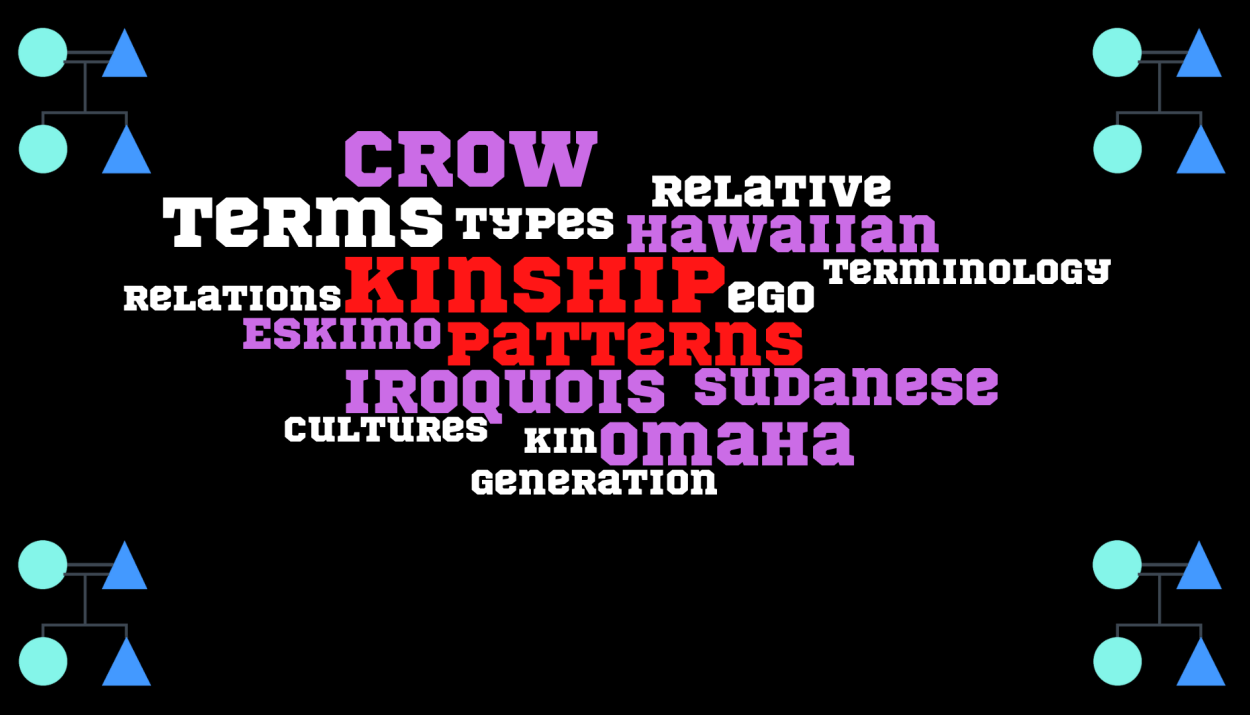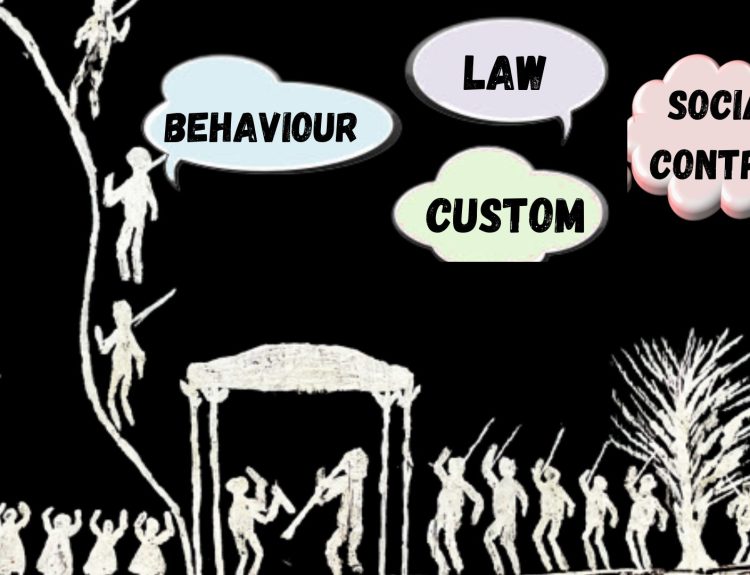We have many different ways of organizing the terminology of kinship but when we look at them all we can see some basic systems of organization that are found in different cultures. Different languages have different ways to approach that. We have a different patterns of kinship terminology around the world.
L.H. Morgan, after studying different societies of the world, explained the six patterns of kinship terminology, which are as follows-
Hawaiian kinship
Sudanese kinship
Eskimo kinship
Iroquois kinship
Crow kinship
Omaha kinship
Lineal relatives, who are in the direct line of descent, and Collateral relatives, like aunts and uncles, who aren’t.

Patrilineal relatives are identified by tracing descent through male lines and Matrilineal relatives are identified through female lines.
Hawaiian system
The Hawaiian system is also known as the generational system. It is the simplest classificatory kinship pattern. In this kinship pattern, one term is used for all males and one term for all females of a generation. It categorizes all relatives based on gender and generation.
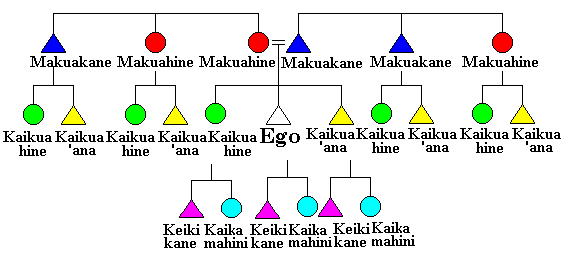
Sudanese system
The Sudanese system is also called a descriptive system as it is the most descriptive of all the six systems. In this system, a separate designation for every ego’s kin is used. In other words, in this system, there is a separate kinship term for each individual and relative.
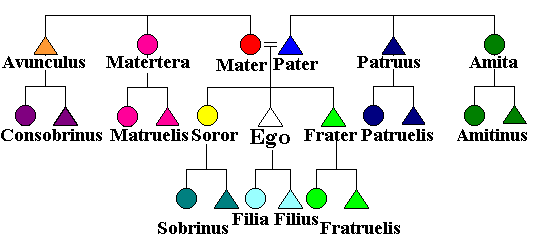
Eskimo system
This system is also known as the Inuit system. In this system, all ego’s nuclear family members have different names. No separate term is used for paternal and maternal relatives (e.g. father’s brother and mother’s brother are called uncle while mother’s sister and father’s sister are called aunt. Spouses of uncles and aunts also are given the same terms i.e. uncle and aunt). All cousins have the same term regardless of their gender.
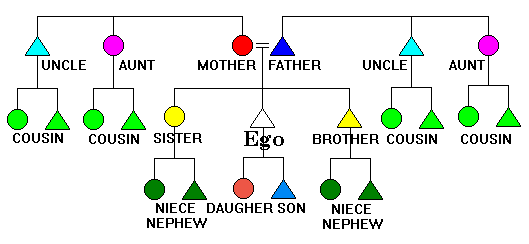
Iroquois system
It is a complex system. This system classifies male relations of the patrilineal lineage together i.e. father’s brothers are your fathers and female relations of the maternal side together i.e. the mother’s sisters are your mothers. When your mother’s sister has children then her children are your siblings and the same goes for the father’s brother. These are your parallel cousins.
Your mother’s brother is your uncle and your father’s sister is your aunt. Their children are your cousins termed as cross-cousins.

Omaha system
The paternal generation side is similar to that of the Iroquois system paternal side.
But on the maternal side, there is a different system. Here, all men are uncles and your mother’s sisters are your mother. Your mother’s sister’s children are your siblings. Let’s say your mother’s brother has two children- a son and a daughter. His son is your uncle and his daughter is your mother.

Crow system
It is the same as that of the Omaha system. It is basically the matrilineal version of Omaha. Here maternal side remains the same as that of the Iroquois maternal side.
But on the paternal side, your father’s brother is your father and his children are your siblings. Your father’s sister is your aunt. Let’s say your aunt has two children- a son and a daughter. Her son is your father and her daughter is your aunt.

Read more
- Lamarck’s Theory of Evolution
- Bipedalism and Structural Changes
- Natufian Culture
- Cache of ancient coins dating back 100,000 years unearthed in Japan
- James George Frazer


